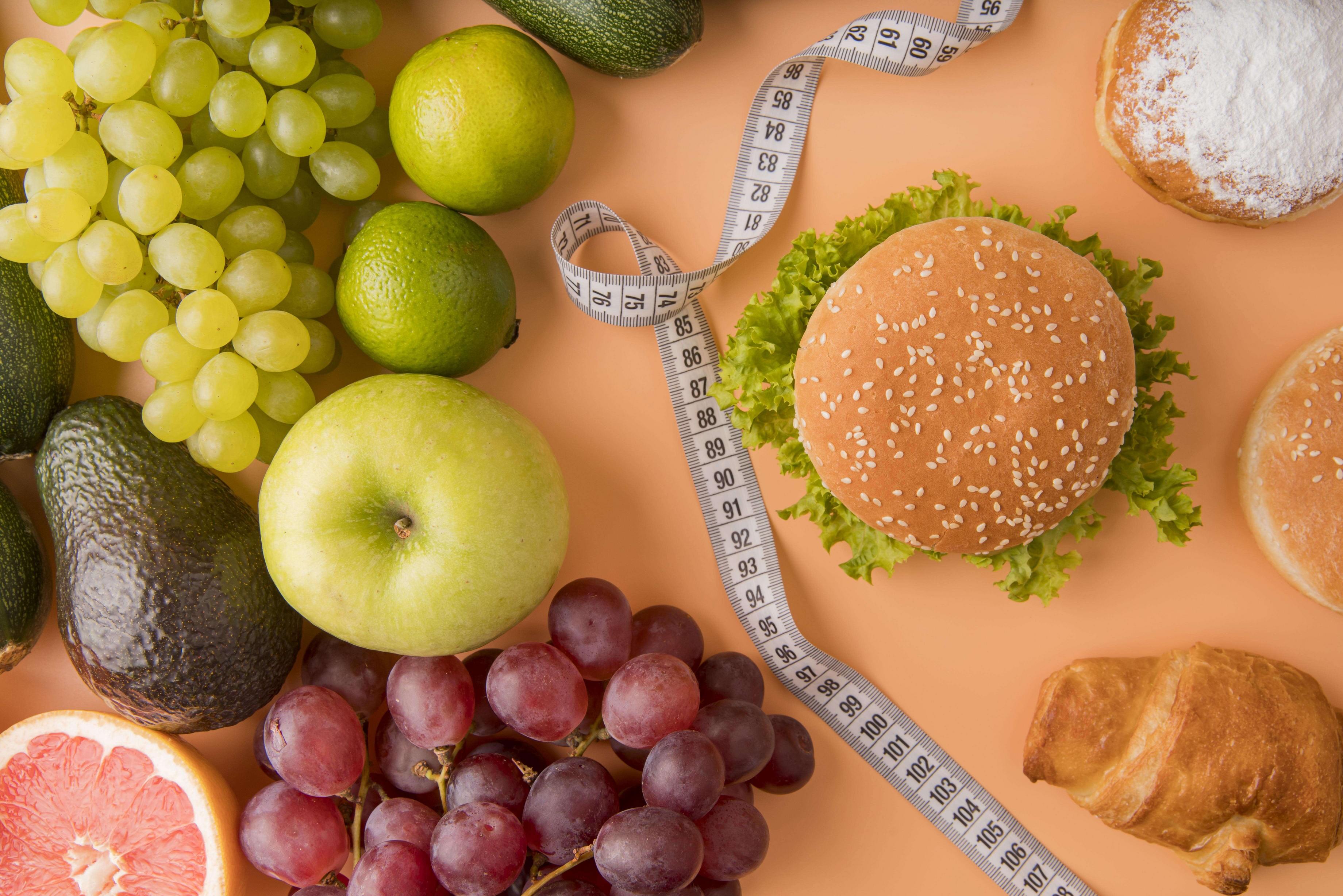
Choosing the right sports nutrition plan is an important part of achieving your athletic goals. It is essential to eat balanced meals and not eat too many calories. People mistakenly think carbohydrates are only important for athletes. You can fuel your body with the right balance of carbohydrates and proteins to help you achieve your goals.
To ensure that their bodies can digest the food properly and to minimize gastrointestinal upset, athletes should eat three hours before any competition or exercise. It is crucial to eat a healthy diet rich in carbohydrates, protein and fat. Avoid starchy vegetables and junk foods. Balanced nutrition is key to ensuring you eat lean meats and fruits, vegetables, whole grains, and other healthy foods. These foods provide great nutrition, but aren't good for calories.

Carbohydrates should be the number one food an athlete eats before any event. They're the main source of energy, and foods rich in carbohydrates include milk, bread, cereal, grains, and fruit and vegetables. It is best to eat carbohydrates in small amounts and to avoid high-fat, high-protein meals. A high-carbohydrate food should be consumed at least 2 hours before an event to get the best results.
Athletes should include a balanced diet rich in complex carbohydrates and healthy fats. A balanced diet should consist of between 45 and 66% carbohydrates, 25% to 35% fat, 10% to 30% proteins, and 25% to 30% to 30% calories. Water intake is essential before, during and after any sport. You can optimize your performance by eating the right foods at just the right times. This will prevent muscle damage from oxidative and other forms of swelling. To improve recovery, athletes need to eat right and also take supplements.
Balanced carbohydrates and fats are the best diet for athletes. The body's primary source of energy is glucose, which is broken down carbohydrates during digestion. It is then converted into glycogen, which is a type fat that is stored in muscles tissue. This is an important source of energy for athletes during their workouts. By consuming carbohydrates and fatty foods before and after an event, athletes can increase their glycogen stores and avoid the risk of dehydration.

Athletes should drink sufficient water, in addition to consuming adequate amounts of dietary fiber. Ample hydration is essential for optimal health. The body needs a constant supply of fluids and sodium to sustain its activities. This is the best and most effective way to prevent cramps and improve performance. Athletes should always keep their diet balanced with their training schedule. In the case of endurance athletes, this is not easy. It can also cause headaches and cramps.
FAQ
What's the difference between a virus & a bacterium?
A virus is an organism microscopic that can't reproduce outside its host cells. A bacterium can be described as a single-celled organism which reproduces by splitting in two. Viruses measure only 20 nanometers in diameter, but bacteria is up to 1 millimeter in size.
Viruses are spread via contact with infected bodily liquids such as urine, saliva, semen and vaginal secretions. Bacteria are often spread via direct contact with contaminated surfaces or objects.
Viral infections can be transmitted through skin cuts, scrapes and bites. They can also penetrate the skin through the eyes, nose or mouth.
Bacteria can be introduced to our bodies by cuts, scrapes or burns. They may also come into our bodies through food, water, air, soil, dust, or animals.
Both bacteria as well as viruses can cause illness. However, viruses cannot reproduce within their hosts. Viral infections can only cause diseases in living cells.
Bacteria can grow in their hosts and cause disease. They can invade other areas of the body. To kill them, we must use antibiotics.
Do I need to count calories?
You might wonder, "What's the best diet for me?" or "is counting calories necessary?" This depends on your health and lifestyle.
The Best Diet For Me: Which One Is Right?
The best diet for me depends on my current health status, my personal goals, my preferences, and my overall lifestyle. There are many good and bad diets. Some work well for certain people while others don't. What can I do to make the right choice? What can I do to make the right decision?
These questions are addressed in this article. This article begins with a brief overview of the various types of diets that are available today. Then we will discuss the pros & cons of each kind of diet. We'll then discuss how to choose which one is best for you.
Let's begin by briefly reviewing the different types and diets.
Diet Types
There are three main types of diets: low fat, high protein, and ketogenic. Let's briefly discuss them below.
Low Fat Diets
A low fat diet means a diet that reduces the intake of fats. This is done by reducing your intake of saturated oils (butter, cream cheeses, etc.). These fats can be replaced with unsaturated fats like avocados and olive oil. Low fat diets are often recommended to those who wish to lose weight quickly. This kind of diet could cause problems like constipation or heartburn and indigestion. It can also lead to vitamin deficiencies, if someone doesn't get enough vitamins in their food.
High Protein Diets
High protein diets restrict carbohydrates in favor of proteins. These diets have higher protein levels than other diets. These diets are designed to build muscle mass and help you burn more calories. The downside is that they may not provide adequate nutrition for someone who needs to eat regularly. They can also be very restrictive so they may not be suitable for everyone.
Ketogenic Diets
The keto diet is also known as the keto diet. They are high in fat and moderate in protein and carbs. They are commonly used by athletes and bodybuilders, as they allow them train harder and more frequently without getting tired. But, they require strict adherence to avoid negative side effects like nausea, headaches, and fatigue.
How do I get enough vitamins for my body?
Most of your daily vitamin requirements can be met by diet alone. Supplements can be helpful if you are lacking in any one vitamin. You can purchase a multivitamin that includes all of the vitamins you need. You can also buy individual vitamins in your local drugstore.
Talk to your doctor to find out which foods are rich in vitamins. Some examples of rich sources of vitamins E and K include dark green leafy vegetables, such as spinach.
Ask your doctor to help you determine the right amount of vitamin. Based on your medical history and your current health, your doctor can recommend the correct dosage.
Which lifestyle is best for your health?
Living a healthy lifestyle is one that encourages you to eat well, exercise regularly, get enough sleep, and avoids stress. These guidelines will help you live a long, healthy life.
You can start by making small changes in your diet and exercise routine. If you're looking to lose weight, walk for 30 minutes each morning. You can also take up dancing or swimming if you are looking to be more active. A Fitbit or Strava online program that tracks your activity can be joined.
What should my diet consist of?
Eat lots of fruits and vegetables. They are rich in vitamins that can strengthen your immune system. Also, fruits and vegetables are rich in fiber. This makes them filling as well as helping with digestion. Aim to eat five to six servings of fruit each day.
Make sure you drink plenty of water too. Water flushes toxins out of the body and helps to feel full between meals. Drink about eight glasses each day.
Consume whole grains and not refined. Whole grains retain all nutrients including B vitamins, iron and zinc as well as calcium, magnesium, calcium, protein, and magnesium. Refined grain has lost some of its nutrition.
Sugary drinks are best avoided. Sugary drinks are high in empty calories and can lead to obesity. Instead, opt for water, milk, or unsweetened tea.
Avoid fast food. Fast food has very low nutritional value. While it might taste good, it won't give your body the energy it needs to function properly. Choose healthier options like salads, soups and sandwiches as well as pasta dishes.
Limit your alcohol consumption. Alcohol can lead to poor nutrition and empty calories. Limit the number of alcoholic beverages you consume per week to no more that two.
Red meats should be avoided. Red meats contain high amounts of saturated fats and cholesterol. Instead, choose lean cuts of beef and pork, lamb, chicken or fish.
What is the working principle of an antibiotic?
Antibiotics kill harmful bacteria. Antibiotics are used for treating bacterial infections. There are many types of antibiotics. Some can be taken orally, others are injected and some are applied topically.
Antibiotics are often prescribed to people who have been exposed to certain germs. An oral antibiotic might be prescribed to someone who has been exposed to chicken pox. This will prevent the spread of shingles. For those with strep-thorphritis, an injection of penicillin could be administered to prevent them from getting pneumonia.
A doctor should give antibiotics to children. Children are at greater risk than adults for developing serious side effects from taking antibiotics.
Diarrhea is one of the most common side effects of antibiotics. Other side effects that could occur include nausea, vomiting and dizziness. These side effects usually disappear once treatment has ended.
Here are 7 ways to live a healthy lifestyle.
-
Be healthy
-
Exercise regularly
-
Rest well
-
Get plenty of water.
-
Get enough rest
-
Happy!
-
Smile often
Statistics
- According to the 2020 Dietary Guidelines for Americans, a balanced diet high in fruits and vegetables, lean protein, low-fat dairy and whole grains is needed for optimal energy. (mayoclinichealthsystem.org)
- WHO recommends reducing saturated fats to less than 10% of total energy intake; reducing trans-fats to less than 1% of total energy intake; and replacing both saturated fats and trans-fats to unsaturated fats. (who.int)
- In both adults and children, the intake of free sugars should be reduced to less than 10% of total energy intake. (who.int)
- WHO recommends consuming less than 5% of total energy intake for additional health benefits. (who.int)
External Links
How To
How to stay motivated to stick to healthy eating and exercise
Here are some motivational tips to stay healthy
Motivational Tips To Stay Healthy
-
Create a list of your goals
-
Realistic goals
-
Be consistent
-
When you reach your goal, reward yourself
-
Even if you make a mistake, don't quit!
-
Have fun